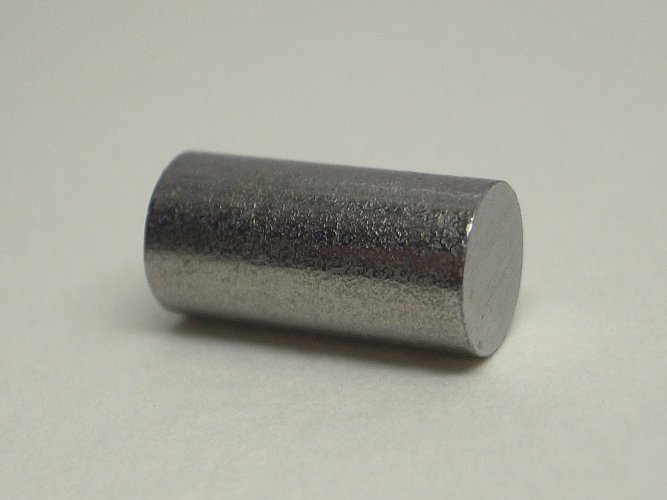How To Identify Light Bulb Types – An Identification Guide
Light bulbs are designed to provide comfort and vision. Still, ever since the invention of the original incandescent bulb, several new technologies have been invented with the intent to replace it.
That said, it’s difficult for people who aren’t well-versed in the lighting world to know which light bulb is which. Therefore I’ve created this guide to help you identify what type of light bulb you’re dealing with based on some key characteristics of the bulb.
Below this is a flowchart I constructed that should help you narrow down the different bulb types. To quickly summarize the flow chart below the process of identifying your bulb goes as follows:
Light bulbs in the shape of a spiralling tube are fluorescent lamps. If the bulb is cool to the touch while active it’s most likely an LED bulb. An incandescent bulb will have its tungsten filament prominently visible in the centre of the bulb whereas, in a halogen bulb, the filament is normally encased.
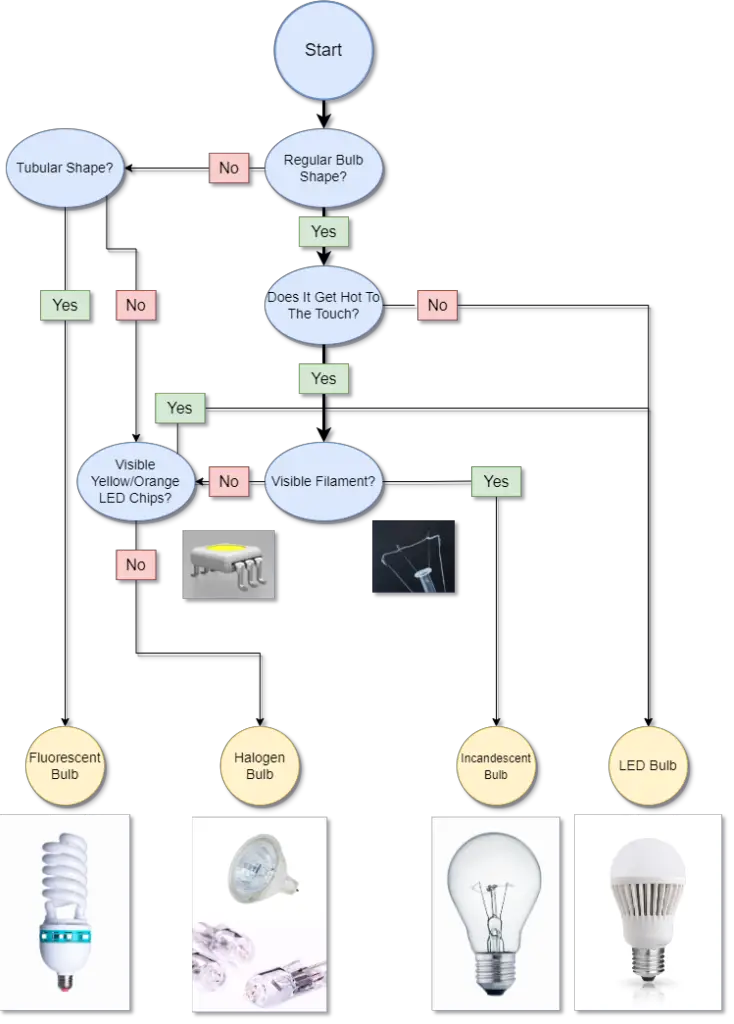
Contents
The Different Light Bulb Types
Before going into how we’re meant to differentiate between bulbs in more detail we should first establish what bulbs we are most likely to encounter.
There are many different types of light bulbs, but some of them are more common than others. The most common light bulbs which are used in the home are:
- Incandescent bulbs.
- Halogen bulbs.
- Compact Fluorescent Lamps (CFL).
- LEDs.
Since these are the most common bulbs you’re likely to encounter these are the ones we will help you differentiate between in this article. For a more detailed explanation of each bulb in depth I recommend you go to my article on The Different Types Of Light Bulbs.
Identifying The Shape Of The Bulb
The first thing that can immediately tell you what bulb you’re dealing with is its shape. Some bulbs have unique features in their shape which should easily help you define what type of bulb it is.
Unusual Bulb Shape
If the bulb you have doesn’t look like a regular bulb at all you may be dealing with a CFL bulb. CFL bulbs are easy to spot by their unique spiralling tube shape.
All CFL bulbs are shaped like this since they are based on fluorescent light technology, which requires a tube to function. So, for CFL bulbs the tube has simply been bent to fit the size of a normal bulb.
Halogen bulbs can also come in shapes which aren’t always like the regular bulb shape we’re used to. Halogen can come in all sorts of shapes since the actual light-producing filament is not very big for these bulbs, which allows them to fit in most applications.
That said if you see anything that resembles the image below you are likely dealing with a halogen lamp. They are normally the size of a few centimetres or an inch and are placed inside the centre of the bulb.
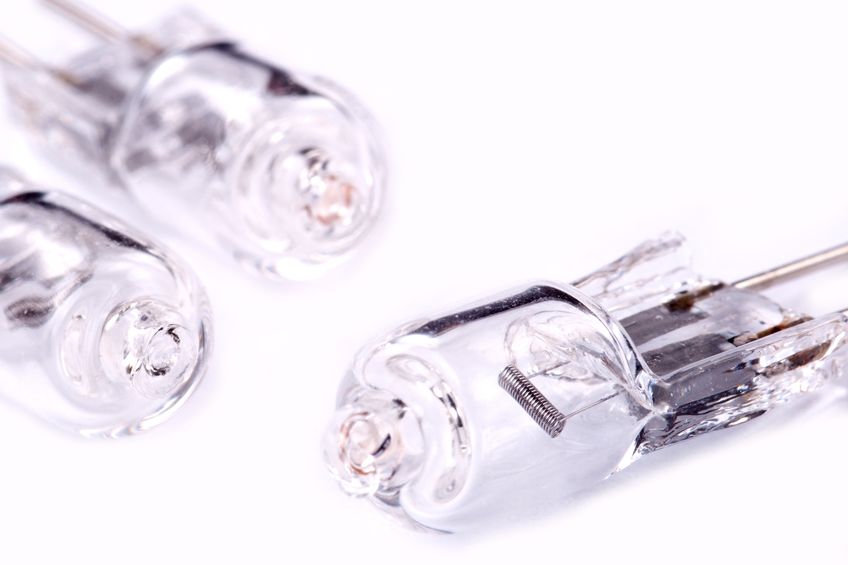
Regular Bulb Shape
As for bulbs with more regular bulb shapes they could be either incandescent, halogen or LED bulbs. Luckily, there are some easy ways to tell them apart.
An easy way to spot an LED bulb is if it’s glass all the way around the bulb. Regular incandescent bulbs are see-through everywhere except their base, and while there are retrofit LEDs to replicate this look there are also a lot of LEDs which only emit light from the top half of the bulb, which is an easy way to see if it’s LED. These bulbs also tend to be quite white in their overall colour.
As for incandescent bulbs, they are almost always shaped like a regular bulbs, with the only practical exception being in the form of Christmas decor. So, if the bulb looks normal and follows every other metric we are about to discuss it’s likely an incandescent bulb.
Does The Light Bulb Get Hot?
The next step is to see if the bulb generates a meaningful amount of heat. To test this you can simply screw the bulb in and wait a few minutes before hovering over it with your hand.
If it’s an incandescent or halogen bulb it will be extremely hot, which is why I wouldn’t recommend actually touching the bulb as it can cause burn injuries. In fact, halogen bulbs shouldn’t be touched with bare hands at all for several safety reasons, which you can read more about in the article linked.
LEDs on the other hand don’t get very hot at all. While LEDs have the ability to generate heat it’s not nearly as pronounced as it is with incandescent or halogen lights.
So, if the bulb is cool to the touch it’s most likely an LED bulb. And if it does get hot we still need to differentiate between incandescent or halogen bulbs. Click here for my article Comparing Light Bulbs Based On Heat Emissions.
Is The Light Producing Filament Visible?
The easiest way to find the difference between a halogen bulb and an incandescent bulb is to see if the filament is visible at all. If the filament is on full display like you are probably familiar with it’s almost certainly an incandescent bulb.
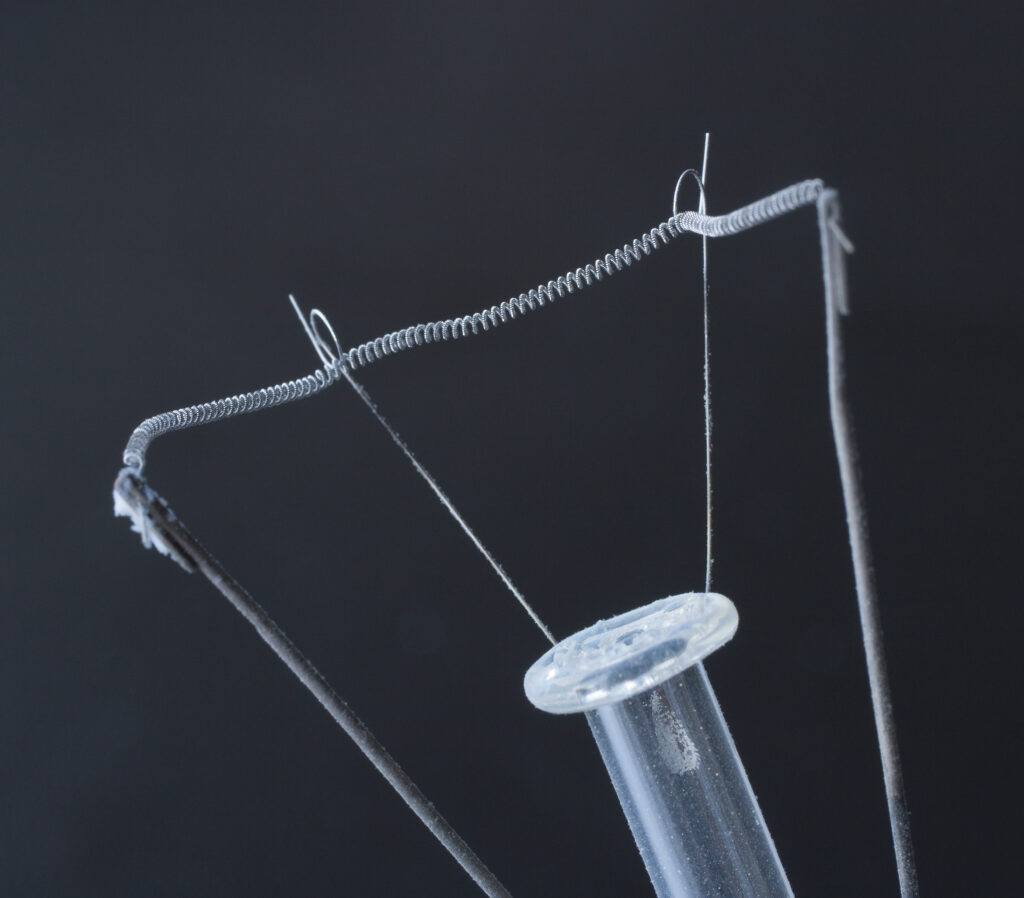
The tungsten filament is essentially a thin wire with a lot of electrical resistance. These factors cause the wire to heat up immensely when subjected to an electrical current, which causes it to “incandesce” and emit light. Click here to read more about the tungsten filament.
If this filament is visible in the centre of the bulb it’s very likely a regular incandescent bulb. However, it’s also possible that it’s an LED bulb “disguised” as an incandescent bulb.
These bulbs are known as “retrofit” LED bulbs. They were specifically made to replicate the way incandescent bulbs look, which means they also engineered them to have a filament that resembles that of an incandescent bulb. That said, the LED filament looks a bit different.
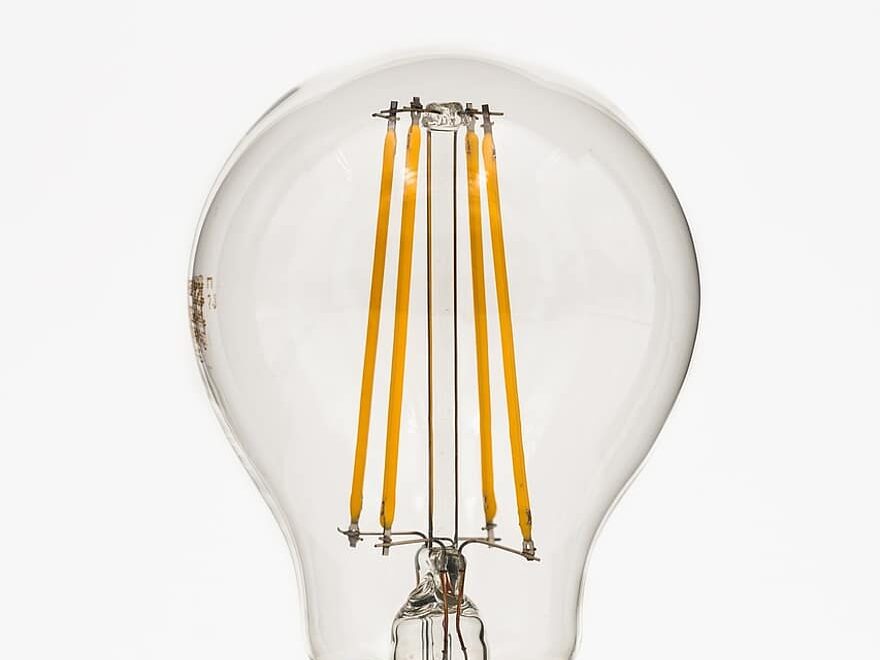
LED filaments have a characteristic yellow/orange hue to them. This colour actually comes from a phosphor compound which is applied to actual LEDs, with the intended purpose of making the light warmer and more even in its colour spectrum.
Another defining feature of these is the direction these filaments run. In a regular incandescent bulb, the filament runs horizontally inside the bulb whereas in all the retrofit LEDs I’ve seen the filament runs vertically inside the bulb. This has practically no impact in terms of the function of the bulb but is a notable visual difference.
Are There Any Visible LED Chips?
At this point, you should be able to have figured out if you’re dealing with an incandescent or CFL bulb, which should leave you with either an LED or halogen bulb. An easy way to tell LEDs and halogen bulbs apart is through the presence or absence of LED chips.
Unless the glass part of the bulb is frosted or otherwise obscured it should be easy to spot any yellow or orange-looking LED chips inside the bulb.
As mentioned, LED chips are normally yellow or orange in colour due to the phosphor compound which is placed on them for increased light quality.
If you can’t see any traces of LED chips and the bulb gets hot when it runs it’s most likely a halogen bulb. If you are able to see at least one LED chip it is certainly an LED bulb.
Other Ways Of Narrowing Down Bulb Type
We have already outlined the fastest and most effective methods of distinguishing between the different bulbs, but if you’re still uncertain of the bulb type we will go over some other methods to help you narrow down the bulb type you have.
Colour Temperature
One way that could help you to determine the bulb in combination with the things we’ve already talked about is the colour temperature of the bulb. Colour temperature refers to the perceived “temperature” of the bulb, which we normally call warm or cool.
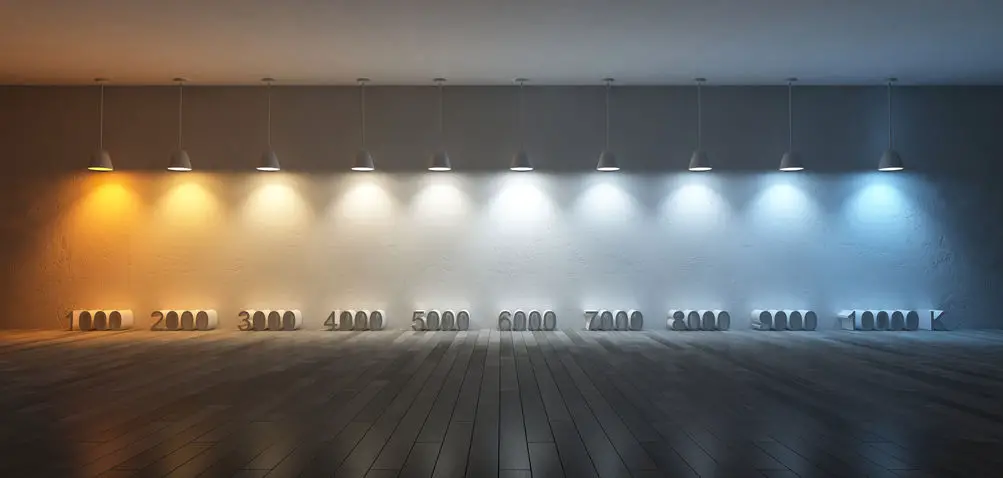
Colour temperature is measured in Kelvin (K) and the range of temperature differs from bulb to bulb. While there is some overlap between bulbs it can be an indicator of which bulb it’s more likely than others.
| Light Bulbs | Colour Temperature |
|---|---|
| Incandescent | 2700K |
| Halogen | 3000-3400K |
| CFL | 2700-4000K |
| LED | 2200-20000K |
This is mainly a point of reference though since there is some overlap in the spectrums between the bulbs. Figuring out what bulb it is purely based on its colour temperature is not something I’d recommend.
That said, it can point you in the right direction. LED lights tend to be rather cool in temperature whereas incandescent lights are normally very warm.
If you don’t know the colour temperature of your lights you can read this article where I outline some easy methods to figure out the colour temperature of your light.
Watt Usage
Another thing to potentially look at is how many Watts the bulb uses. This should be easy if you still have the packaging of the bulb.
You are probably used to bulbs which use upwards of 100W of energy to produce light, but CFL and LED bulbs don’t use nearly as much energy.
That said, if you find that the bulb uses very little energy it is likely to be either an LED or CFL bulb. The threshold for “little energy” in this context would be less than 20W.
Summary
The easiest way to determine what light bulb type you are is to do a visual inspection and identify some of the key features which are present in each type of bulb. The main features of each bulb are as follows;
- Incandescent bulbs normally emit a very warm light and are easily distinguishable by the clear and prominent tungsten filament in it which produces light.
- Halogen bulbs are distinguishable by the small “pod-shaped” halogen lamp inside of the bulb. These are inside almost all commonly used halogen bulbs.
- CFL bulbs are easily distinguishable by their unique shape. They are shaped like a spiralling tube, which is necessary due to the technology they use to create light.
- LED bulbs are easily spotted thanks to the yellow/orange LED chips you can see inside the bulb. Another defining characteristic of LEDs is that they generate very little heat as they produce light.



